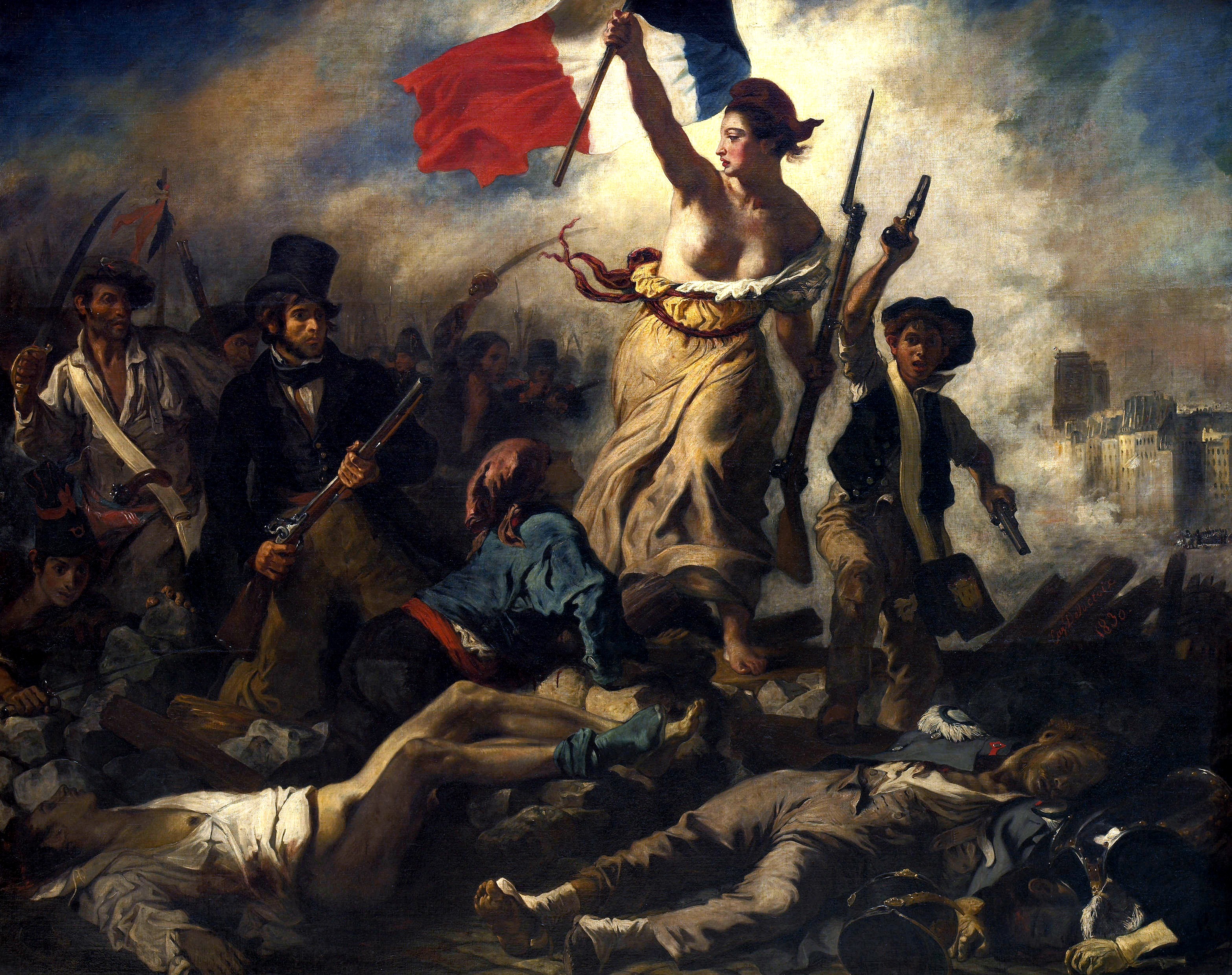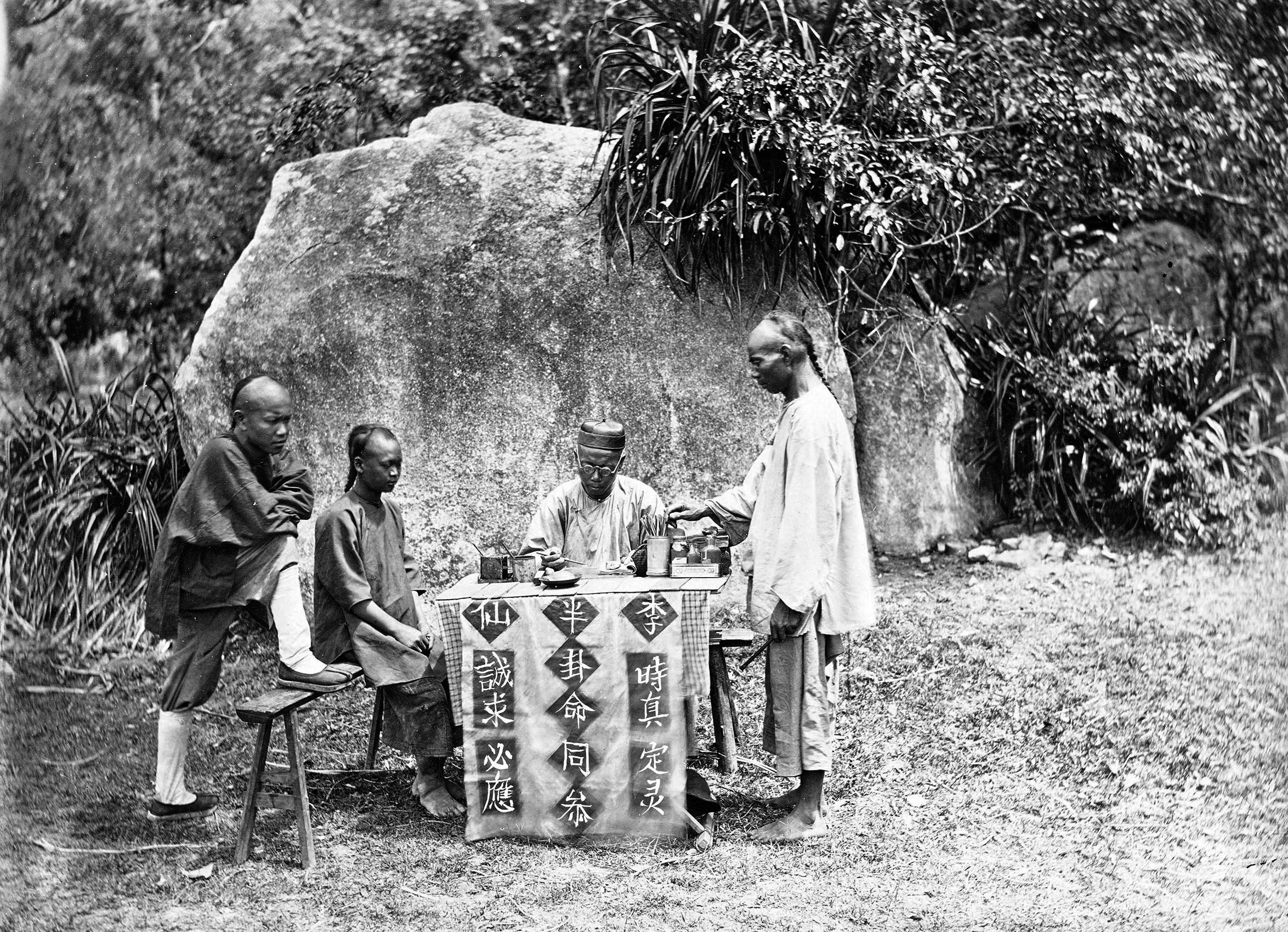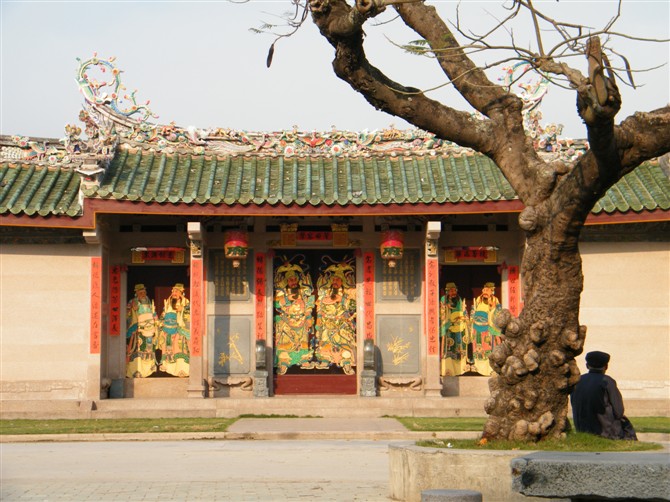|
May Wah Building
May Wah Building (), also registered as Mei Wah Building, is a composite building in Wan Chai, Hong Kong, located at the corner of Johnston Road and Wan Chai Road. Completed in 1963, the building contains 80 units. Architectural characteristics * Building Height: 14 stories: Ground + 13 floors * Completion: 1963 * Type: Composite building * Use: Residential and Commercial * Corner: Less than 90°, making it a acute corner building. * Style: 20th-century modernism/Bauhaus * Address: 164–176 Johnston Road and 80 Wan Chai Road Note: The terrace of May Wah Building looks like a big teardrop. This is due to the government believing a design of this type would protect people from rain. Also, the walkway of Johnston Road need to be widened, making the terraces of May Wah mansion showing the width of the walkway pre-widening. Occupants *G/F: Ki Chan Tea Co. *4/F: Daci Hospital *6/F: Fu Clansmen General Association Headquarters *7/F: o be completed*10/F: Ying King Guesthouse I ... [...More Info...] [...Related Items...] OR: [Wikipedia] [Google] [Baidu] |
Buildings And Structures In Hong Kong
A building, or edifice, is an enclosed structure with a roof and walls standing more or less permanently in one place, such as a house or factory (although there's also portable buildings). Buildings come in a variety of sizes, shapes, and functions, and have been adapted throughout history for a wide number of factors, from building materials available, to weather conditions, land prices, ground conditions, specific uses, monument, prestige, and aesthetic reasons. To better understand the term ''building'' compare the list of nonbuilding structures. Buildings serve several societal needs – primarily as shelter from weather, security, living space, privacy, to store belongings, and to comfortably live and work. A building as a shelter represents a physical division of the :Human habitats, human habitat (a place of comfort and safety) and the ''outside'' (a place that at times may be harsh and harmful). Ever since the first cave paintings, buildings have also become objects or ... [...More Info...] [...Related Items...] OR: [Wikipedia] [Google] [Baidu] |
Modernism
Modernism is both a philosophical and arts movement that arose from broad transformations in Western society during the late 19th and early 20th centuries. The movement reflected a desire for the creation of new forms of art, philosophy, and social organization which reflected the newly emerging industrial world, including features such as urbanization, architecture, new technologies, and war. Artists attempted to depart from traditional forms of art, which they considered outdated or obsolete. The poet Ezra Pound's 1934 injunction to "Make it New" was the touchstone of the movement's approach. Modernist innovations included abstract art, the stream-of-consciousness novel, montage cinema, atonal and twelve-tone music, divisionist painting and modern architecture. Modernism explicitly rejected the ideology of realism and made use of the works of the past by the employment of reprise, incorporation, rewriting, recapitulation, revision and parody. Modernism also rej ... [...More Info...] [...Related Items...] OR: [Wikipedia] [Google] [Baidu] |
Chinese Fortune Telling
Chinese fortune telling, better known as ''Suan ming'' () has utilized many varying divination techniques throughout the dynastic periods. There are many methods still in practice in Mainland China, Taiwan, Hong Kong and other Chinese-speaking regions such as Malaysia and Singapore today. Over time, some of these concepts have moved into Korean, Japanese, and Vietnamese culture under other names. For example, ''"Saju"'' in Korea is the same as the Chinese four pillar (Chinese: 四柱八字) method. History The oldest accounts about practice of divination describe it as a measure for "solving doubts" (e.g. "Examination of doubts" 稽疑 part of the ''Great Plan'' :zh:洪範). Two well known methods of divination included ''bǔ'' 卜 (on the tortoise shells) and ''shì'' 筮 (on the stalks of milfoil shī 蓍). Those methods were sanctioned by the royal practice since Shang and Zhou dynasties. Divination of the ''xiang'' 相 type (by appearance – of the human body parts, anim ... [...More Info...] [...Related Items...] OR: [Wikipedia] [Google] [Baidu] |
Traditional Chinese Medicine
Traditional Chinese medicine (TCM) is an alternative medicine, alternative medical practice drawn from traditional medicine in China. It has been described as "fraught with pseudoscience", with the majority of its treatments having no logical mechanism of action. Medicine in traditional China encompassed a range of sometimes competing health and healing practices, folk beliefs, Scholar-official, literati theory and Confucianism, Confucian philosophy, Chinese herbology, herbal remedies, Chinese food therapy, food, diet, exercise, medical specializations, and schools of thought. In the early twentieth century, Chinese cultural and political modernizers worked to eliminate traditional practices as backward and unscientific. Traditional practitioners then selected elements of philosophy and practice and organized them into what they called "Chinese medicine" (''Zhongyi''). In the 1950s, the Chinese government sponsored the integration of Chinese and Western medicine, and in the G ... [...More Info...] [...Related Items...] OR: [Wikipedia] [Google] [Baidu] |
Chinese Tea Culture
Chinese tea culture (simplified Chinese: 中国茶文化; traditional Chinese: 中國茶文化) (''zhōngguó chá wénhuà'', 'Chinese tea culture') includes all facets of tea, both physical and spiritual, that significantly influenced Chinese culture throughout history. Physically, it consists of the history of tea cultivation, brewing, serving techniques, methods of consumption, arts, and the tea ceremony. Tea culture is to take tea as a carrier, and through this carrier to spread various arts. Tea culture is an integral part of the excellent traditional Chinese culture, and its content is very rich. Tea culture is the organic fusion of tea and culture, which contains and embodies the manifestation of a certain period of material and spiritual civilization. Tea culture is the combination of tea art and spirit, and the expression of tea art through Spirituality. It emerged in China in the Tang Dynasty, flourished in the Song and Ming Dynasties, and declined in the Qing Dynasty. T ... [...More Info...] [...Related Items...] OR: [Wikipedia] [Google] [Baidu] |
Chinese Lineage Associations
A Chinese kin, lineage or sometimes rendered as clan, is a patrilineal and patrilocal group of related Chinese people with a common surname sharing a common ancestor and, in many cases, an ancestral home. Description Chinese kinship tend to be strong in southern China, reinforced by ties to an ancestral village, common property, and often a common spoken Chinese dialect unintelligible to people outside the village. Kinship structures tend to be weaker in northern China, with clan members that do not usually reside in the same village nor share property. ''Zupu''—the genealogy book A ''zupu'' () is a Chinese kin register or genealogy book, which contains stories of the kin's origins, male lineage and illustrious members. The register is usually updated regularly by the eldest person in the extended family, who hands on this responsibility to the next generation. The "updating" of one's ''zupu'' () is a very important task in Chinese tradition, and can be traced back thou ... [...More Info...] [...Related Items...] OR: [Wikipedia] [Google] [Baidu] |
Teardrop
A teardrop is a drop (liquid) of tears. Teardrop or Teardrops may also refer to: Biology * Vastus medialis The vastus medialis (vastus internus or teardrop muscle) is an extensor muscle located medially in the thigh that extends the knee. The vastus medialis is part of the quadriceps muscle group. Structure The vastus medialis is a muscle present ..., a muscle in the leg sometimes referred to as the teardrop muscle * A feature in X-rays of the pelvis Music Musical Groups * The Teardrops, or Magic Slim and The Teardrops, a Chicago band * The Teardrops (UK band), a post-punk band from Manchester, England * The Teardrops (girl group), a 1960s girl group from Cincinnati, Ohio Instruments * The unofficial name of the Vox Mark III, Mark III, and Mark VI electric guitars made by Vox Albums * Teardrops (album), ''Teardrops'' (album), a 2010 album by Tom Dice Songs * "Tear Drops", a 1957 song by Lee Andrews & the Hearts * "Tear Drop", a 1959 US#23 Santo & Johnny instrumental ... [...More Info...] [...Related Items...] OR: [Wikipedia] [Google] [Baidu] |
Bauhaus
The Staatliches Bauhaus (), commonly known as the Bauhaus (), was a German art school operational from 1919 to 1933 that combined crafts and the fine arts.Oxford Dictionary of Art and Artists (Oxford: Oxford University Press, 4th edn., 2009), , pp. 64–66 The school became famous for its approach to design, which attempted to unify individual artistic vision with the principles of mass production and emphasis on function. The Bauhaus was founded by architect Walter Gropius in Weimar. It was grounded in the idea of creating a Gesamtkunstwerk ("comprehensive artwork") in which all the arts would eventually be brought together. The Bauhaus style later became one of the most influential currents in modern design, modernist architecture, and architectural education. The Bauhaus movement had a profound influence upon subsequent developments in art, architecture, graphic design, interior design, industrial design, and typography. Staff at the Bauhaus included prominent ar ... [...More Info...] [...Related Items...] OR: [Wikipedia] [Google] [Baidu] |
Composite Building
Composite buildings are a common feature of the architectural style of Hong Kong buildings that were constructed in the 1950s and the 1960s. History The term "composite building" came from the Building Ordinance and refers to residential buildings with workplaces and workshops. Composite buildings are abundant in Hong Kong because: * The People's Republic of China was founded in 1949, when Hong Kong was a capitalist state, which provided capitalists with opportunities to develop industries. *In the early 1950s, China was under trading sanctions, which made it possible for Britain to transform Hong Kong into a hub for exports and manufacturing. *Composite buildings met demands for housing and increased employment during a population boom. Standards *Building Ordinance states a composite building must have a part for residential and a part for other uses. *Buildings with ten or more storeys or more must have a lift installed, limiting height to save costs. * Due to ai ... [...More Info...] [...Related Items...] OR: [Wikipedia] [Google] [Baidu] |





.jpg)

